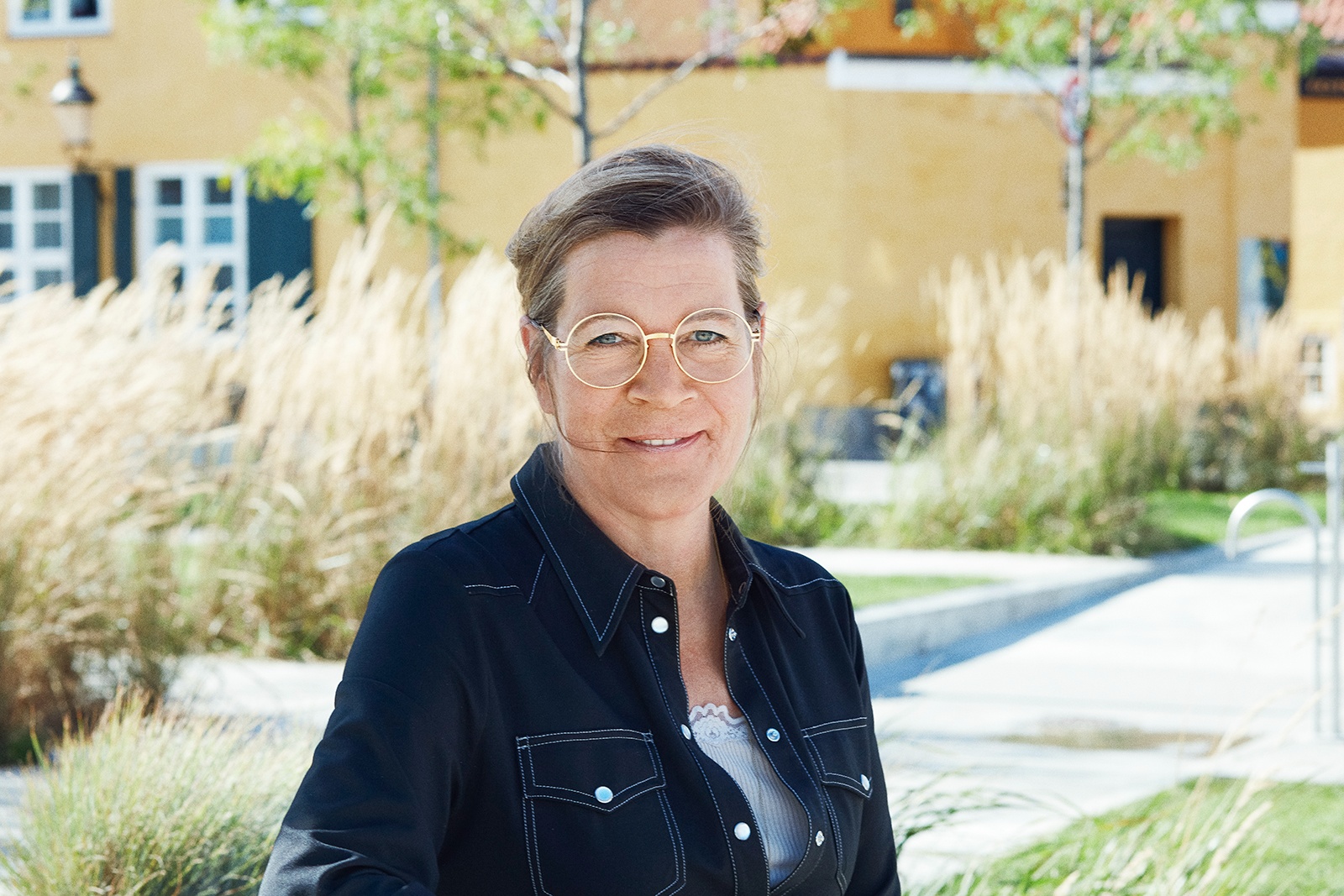Forward-thinking practices:
What are the necessary next steps for the building industry?
We asked Lone Feifer, Director for Sustainable Buildings in the VELUX Group
1.
We reached a point, where it does not make sense to talk about whether a solution is sustainable or not. This is paradoxical for me to say, as sustainability is a part of my title at VELUX. But it cannot be separated from the rest. Sustainability is a way of expressing, quantifying and maintaining the values we need for the built environment to move ahead. It is a currency we must learn how to use. There is a financial bottom line and there is one concerning impact. Some people hesitate, because it signifies a massive change and being reluctant towards change is part of the human character. The challenge is how to integrate the new values as fundamentals within business.
2.
The upside to long-term targets is that they are not up for discussion. In 2019 we defined our sustainability strategy at VELUX for it to last until 2030. The world is not the same compared to when we wrote it. Our team is not the same. But we still commit to reduce our operations emissions 100% and capture all our historical carbon. You can hold on to the objectives, if there is a shared buy-in between leadership, board and owners.
3.
It is useful to think about the changes to the industry as a design process. Accept that we are on our way rather than fixating on some idea of completion. It might take several years, but we can approach it as a structured process and try to move from A to B. A framework creates a sense of security in the face of sprawling, complex questions.
4.
Everything concerning buildings takes time. I see the continuity of the industry as a potential strength, when it comes to sustainability targets. The weakness is conservatism. The industry will not be saved by a startup, it can only come from within, but it must be open to other approaches. I think the WholeHouse platform in the UK is interesting, because it gathers all the aspects of a new house - engineering, aesthetics, legislation - and offers it to individual builders.
5.
We need to add beauty to the context of sustainability. I think this is one of most durable approaches of the New European Bauhaus program. A house is too easy to tear down if it does not speak to your senses. In that way addressing aesthetics has the potential to expand the lifecycle of what we build.
6.
It makes a difference that President of the European Commission, Ursula von der Leyen, sets a direction for the building industry that combines sustainability, aesthetics and inclusion. And it makes a difference when it trickles down and the companies, investors and property owners respond. No single government, public or private player can bring the necessary systemic changes to the industry. This is a good thing. It forces us to collaborate.
Learn more about design as a driver for sustainable transitions for companies: Visit DDC - Danish Design Center




